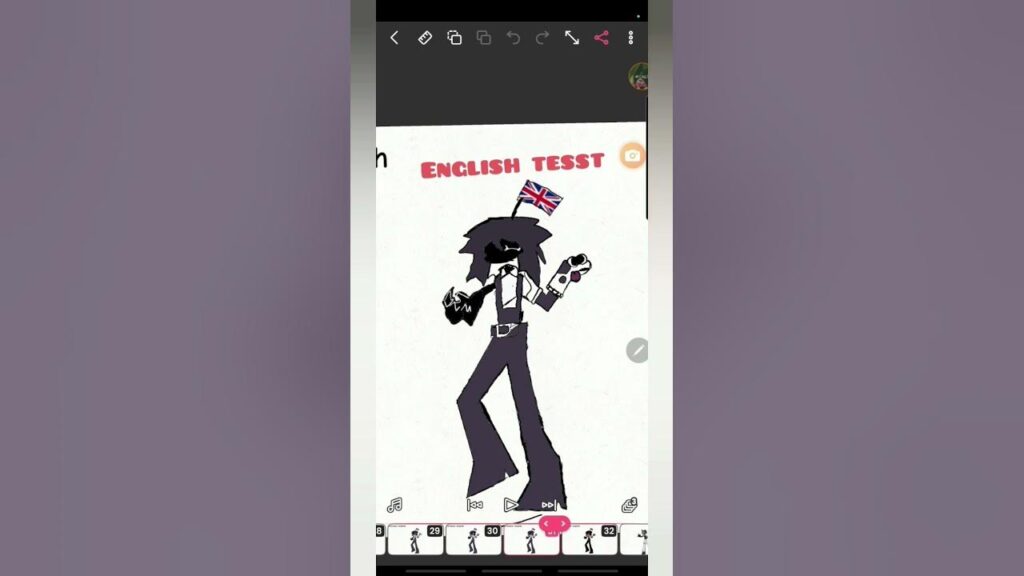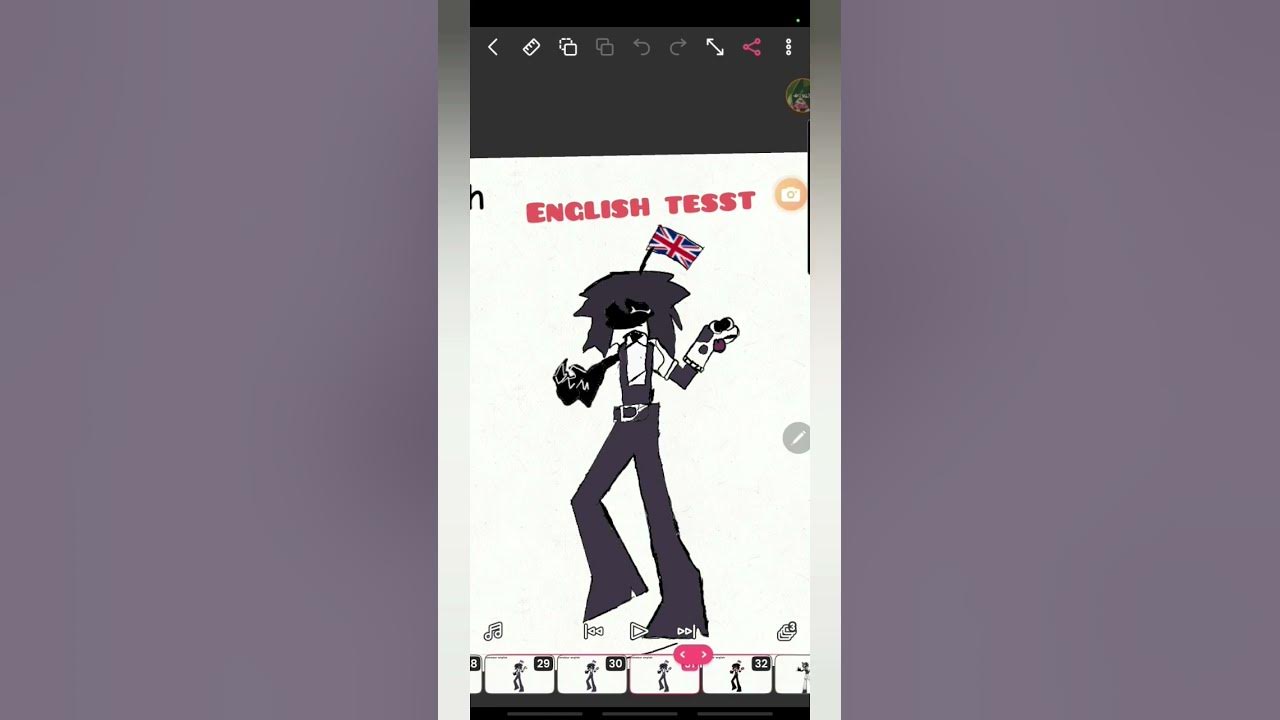
The Fundamental Role of Paper Education in Developing Hands-On Skills
In an increasingly digital world, the significance of paper education and its contribution to developing hands-on skills is often overlooked. While technological advancements offer numerous benefits, the foundational role of interacting with physical materials, particularly paper, remains crucial for fostering cognitive development, creativity, and practical abilities. This article explores the fundamental aspects of paper education and its enduring importance in cultivating essential hands-on skills.
The Enduring Importance of Paper in Education
Paper education encompasses a wide range of learning activities that involve physical interaction with paper. From writing and drawing to crafting and constructing, these activities engage multiple senses and promote deeper understanding. The tactile experience of using hands to manipulate paper facilitates kinesthetic learning, which is particularly beneficial for individuals who learn best through physical activity.
Moreover, paper education fosters critical thinking and problem-solving skills. Unlike digital tools that often provide instant solutions, working with paper requires learners to think through processes, plan their actions, and make decisions based on tangible results. This hands-on approach cultivates a sense of ownership and accomplishment, enhancing motivation and engagement.
Cognitive Development and Paper Education
The act of writing by hand, a core element of paper education, has been shown to enhance cognitive development in several ways. Studies suggest that handwriting activates different areas of the brain compared to typing, leading to improved memory retention and comprehension. The physical act of forming letters reinforces the connection between visual and motor skills, strengthening neural pathways and promoting cognitive agility.
Furthermore, paper-based activities encourage spatial reasoning and visual-motor coordination. Tasks such as drawing, origami, and model-making require learners to visualize objects in three dimensions and translate those images into tangible forms using their hands. These activities not only enhance spatial awareness but also improve fine motor skills and hand-eye coordination.
The Impact on Fine Motor Skills
Developing fine motor skills is crucial for a wide range of tasks, from writing and typing to performing intricate surgical procedures. Paper education provides ample opportunities to hone these skills through activities that require precise hand movements and coordination. Cutting, folding, and manipulating paper strengthens the small muscles in the hands and fingers, improving dexterity and control.
In contrast, excessive reliance on digital devices can hinder the development of fine motor skills. While touchscreens and keyboards offer convenience, they often require less precise movements compared to traditional paper-based activities. By incorporating paper education into learning environments, educators can ensure that students develop the necessary fine motor skills to succeed in various academic and professional pursuits.
Creativity and Innovation Through Hands-On Paper Activities
Paper provides a versatile medium for fostering creativity and innovation. Its accessibility and affordability make it an ideal material for experimentation and exploration. From creating intricate origami sculptures to designing innovative packaging solutions, paper allows learners to express their ideas and bring their visions to life.
The act of working with paper can also stimulate imaginative thinking and problem-solving. Unlike digital tools that often impose constraints and limitations, paper offers a blank canvas for creativity to flourish. Learners are free to experiment with different techniques, explore unconventional ideas, and push the boundaries of what is possible. This hands-on approach fosters a sense of empowerment and encourages learners to think outside the box.
Examples of Creative Paper-Based Projects
- Origami: The art of paper folding can develop spatial reasoning, fine motor skills, and patience.
- Paper Mache: Creating three-dimensional objects using paper pulp encourages creativity and problem-solving.
- Scrapbooking: Documenting memories and experiences through scrapbooking fosters creativity and storytelling skills.
- Paper Quilling: Rolling and shaping strips of paper to create intricate designs enhances fine motor skills and artistic expression.
Paper Education in the Digital Age
Despite the proliferation of digital technologies, paper education remains relevant and essential in the modern world. Rather than viewing paper as an outdated medium, educators should recognize its unique strengths and integrate it strategically into the curriculum. By combining the benefits of paper-based activities with the power of digital tools, educators can create a holistic learning environment that caters to diverse learning styles and promotes well-rounded development.
One approach is to use paper education as a foundation for digital learning. For example, students can start by sketching ideas on paper before translating them into digital designs. This hands-on approach allows them to explore concepts, refine their ideas, and develop a deeper understanding of the subject matter before engaging with technology. [See also: Integrating Technology in Education]
Balancing Digital and Paper-Based Learning
Finding the right balance between digital and paper-based learning is crucial for maximizing student outcomes. While digital tools offer convenience and efficiency, they should not replace the essential benefits of paper education. Educators should carefully consider the learning objectives and choose the most appropriate medium for each task.
For example, activities that require critical thinking, problem-solving, and creative expression may benefit from a paper-based approach. On the other hand, tasks that involve data analysis, research, and collaboration may be better suited for digital tools. By strategically integrating both mediums, educators can create a dynamic learning environment that fosters cognitive development, creativity, and practical skills.
The Future of Paper Education and Hands-On Learning
As technology continues to evolve, the future of paper education will likely involve innovative approaches that leverage the unique strengths of both paper and digital media. One emerging trend is the use of augmented reality (AR) to enhance paper-based activities. By overlaying digital content onto physical paper, AR can create interactive learning experiences that engage multiple senses and promote deeper understanding. [See also: Augmented Reality in Education]
Another promising area is the development of sustainable paper products that minimize environmental impact. As concerns about deforestation and climate change grow, there is a growing demand for eco-friendly paper alternatives that are both durable and recyclable. By embracing sustainable practices, educators can ensure that paper education remains a viable and responsible option for future generations. The use of recycled paper and promoting responsible forestry practices are crucial steps.
In conclusion, paper education plays a fundamental role in developing hands-on skills, fostering cognitive development, and promoting creativity. While digital technologies offer numerous benefits, the tactile experience of working with paper remains essential for cultivating well-rounded individuals who are equipped to succeed in an ever-changing world. By recognizing the enduring importance of paper education and integrating it strategically into learning environments, educators can empower students to reach their full potential and thrive in the 21st century.
The development of fine motor skills through paper education is undeniably critical. The connection between the brain and hands is strengthened through activities such as drawing, writing, and crafting. This connection is often diminished when relying solely on digital tools, which is why maintaining a balance is key. The tactile experience of paper provides a sensory input that digital interfaces simply cannot replicate. Moreover, the physical act of manipulating paper encourages spatial reasoning and problem-solving skills in ways that passively consuming digital content does not. The ability to physically interact with and shape materials is a fundamental aspect of human development, and paper education provides an accessible and effective means of cultivating these skills. The importance of paper in education cannot be overstated, as it is a vital tool for fostering creativity, critical thinking, and practical abilities.

